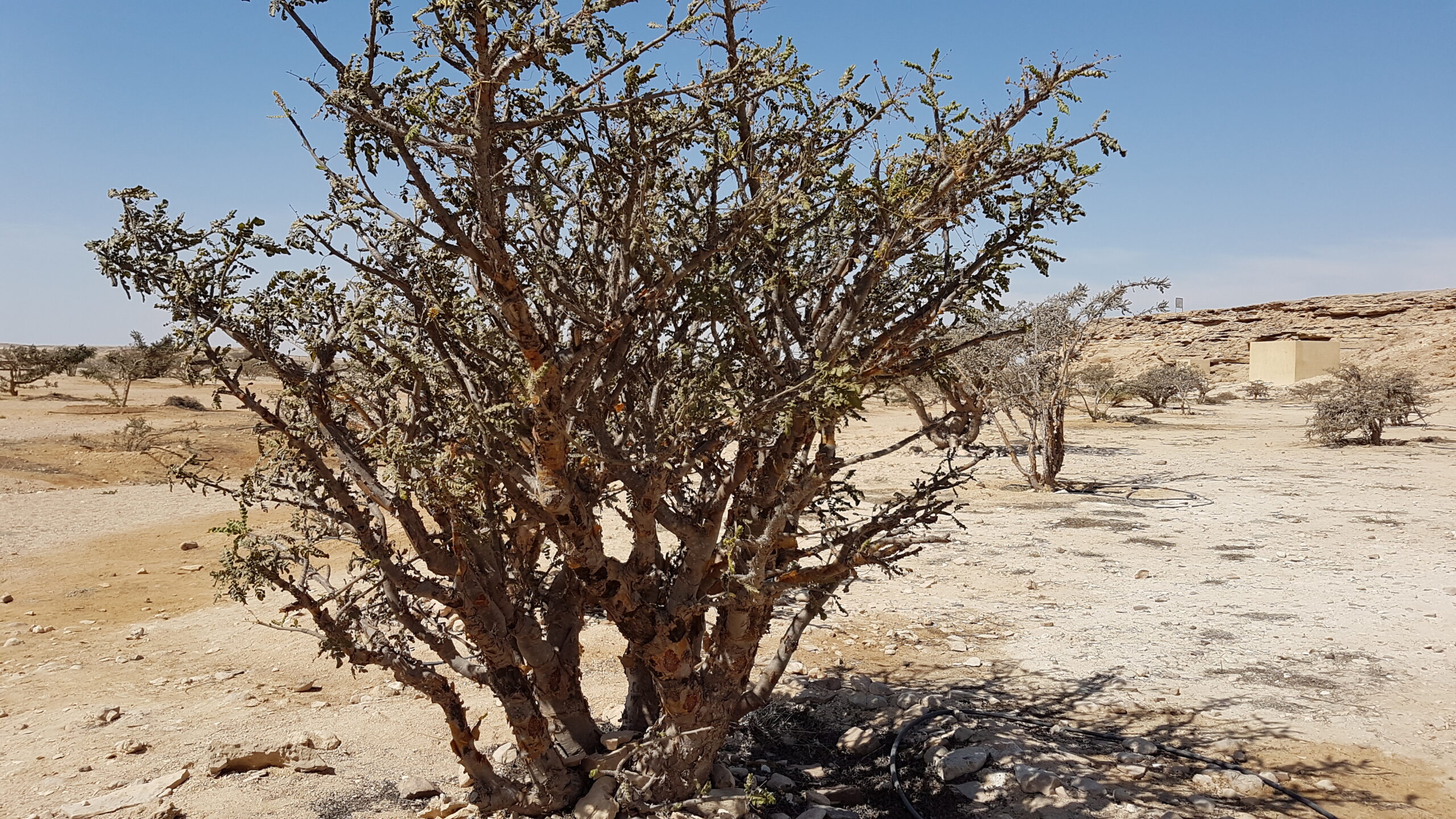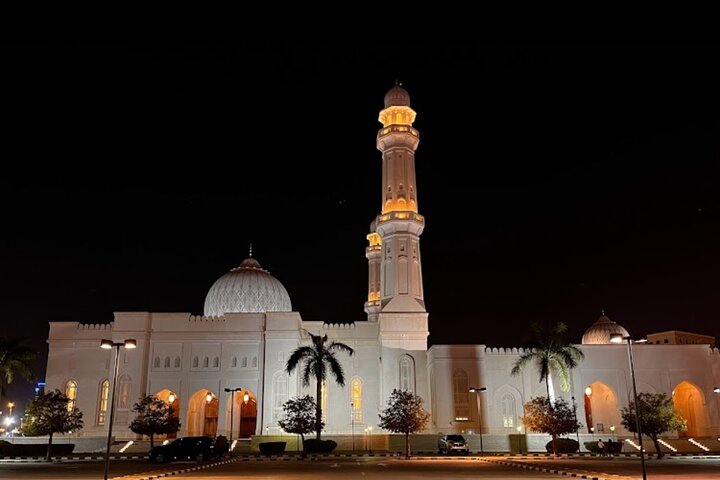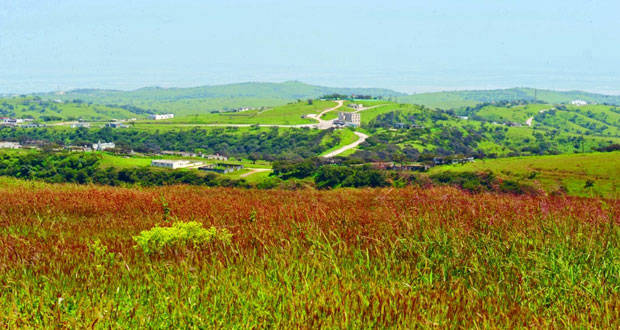Introduction: A Scent That Crossed Continents
The Frankincense Tree (Boswellia sacra) is one of nature’s most remarkable gifts, and Oman’s Dhofar region is home to some of the world’s finest. Known for its aromatic resin, frankincense has fascinated travelers for over 5,000 years—linking the ancient world through trade, culture, and spirituality. For European visitors, this tree is more than a botanical wonder; it’s a living connection to history, wellness, and timeless beauty.
The journey of frankincense begins here, in Salalah, where the unique climate nurtures these hardy trees in the rocky valleys of Wadi Dawkah and along the coasts near Mughsail Beach. Visiting these areas allows travelers to witness the origins of a scent that has perfumed royal courts, churches, and homes across Europe for centuries.
The Heritage of the Frankincense Tree
Long before the rise of modern perfumes, frankincense resin was treasured by ancient civilizations. In Europe, the Romans burned it in ceremonies, the Greeks valued it for medicinal purposes, and Christian churches still use it in religious rituals today. The source of this treasured resin is the Frankincense Tree, found mainly in Oman, Yemen, and Somalia—but Oman’s Boswellia sacra is considered the highest quality in the world.
The Land of Frankincense, recognized as a UNESCO World Heritage Site, includes:
- Wadi Dawkah – a natural reserve where hundreds of wild Boswellia sacra trees grow.
- Khor Rori – an ancient port that once shipped frankincense to the Mediterranean.
- Al-Baleed Archaeological Park – home to the Museum of the Land of Frankincense, where travelers can explore artifacts from the incense trade.
- Shisr/Ubar – the legendary “Lost City” connected to desert caravan routes.
For European travelers, this heritage offers a rare opportunity to see history alive in the landscape.
Where to See the Frankincense Tree in Salalah
Your frankincense journey begins with a scenic drive through Dhofar’s lush green hills during the Khareef season (monsoon) or across golden landscapes in winter. The main sites include:
- Wadi Dawkah – This protected valley is a living museum of frankincense trees. Visitors can see how the bark is carefully tapped to extract resin “tears” that harden into fragrant pearls.
- Zigzag Road & Hidden Beach – A breathtaking route combining dramatic cliffside views with a secluded beach visit, perfect for photography.
- Mughsail Beach & Al Marneef Cave – A coastal highlight, where turquoise waters meet blowholes, and nearby cliffs host a few wild Boswellia trees.
- Local Souqs in Salalah – Traditional markets where frankincense resin, oils, and perfumes are sold, offering a sensory connection to your tour.
The Frankincense Harvesting Process
Harvesting frankincense is an art passed down through generations. In spring, skilled harvesters make small incisions in the bark of the Frankincense Tree, allowing a milky resin to seep out. After a few weeks, the hardened resin is collected. The first harvest is often lower quality, but the second and third yield the prized translucent, lemon-scented resin that is exported worldwide.
European travelers are often fascinated by the sustainability practices here—trees are never over-tapped, ensuring their survival for decades.
Why European Visitors Love the Frankincense Experience
For many Europeans, the Frankincense Tree is not just a plant—it’s part of their cultural memory. Whether through church incense, luxury perfumes, or aromatherapy, frankincense carries emotional resonance. Visiting Salalah allows travelers to:
- Connect with Ancient Trade Routes – Stand in the same landscapes where camel caravans began their journey to the Mediterranean.
- Immerse in Local Culture – Meet Omani farmers, hear stories of past harvests, and enjoy traditional hospitality.
- Enjoy Wellness Benefits – Learn how frankincense is used in modern skincare, massage, and meditation.
- Take Home Authentic Souvenirs – Buy high-quality resin and oils directly from the source.
Tips for Visiting the Frankincense Tree Sites
- Best Time to Visit: October to April for cooler weather; Khareef season (July–September) for lush greenery.
- What to Wear: Light, breathable clothes, comfortable walking shoes, and a hat.
- Photography: Sunrise and late afternoon provide the best light for capturing the golden resin and rugged landscapes.
- Guided Tours: Hiring a local guide ensures you see hidden spots and learn harvesting secrets.
Positive Impact Through Tourism
Responsible tourism helps preserve the Frankincense Tree for future generations. By visiting Wadi Dawkah, buying from local markets, and supporting cultural events like the Frankincense Festival, travelers contribute to conservation and community income.
In recent years, Oman has invested in protecting Boswellia sacra from overharvesting and climate threats. European visitors can be part of this story, helping safeguard a tradition that has connected continents for millennia.
Conclusion: A Journey Worth Taking
Standing beneath the shade of a Frankincense Tree in Salalah is a sensory experience like no other—the scent of resin in the air, the sound of desert winds, and the sight of twisted branches against the Dhofar mountains. For European travelers seeking culture, history, and beauty, Oman’s frankincense heritage offers all three in abundance.
Whether you’re drawn by ancient trade history, the charm of UNESCO heritage sites, or the pure aroma of freshly harvested resin, visiting the Land of Frankincense will leave you with memories as enduring as the scent itself.



